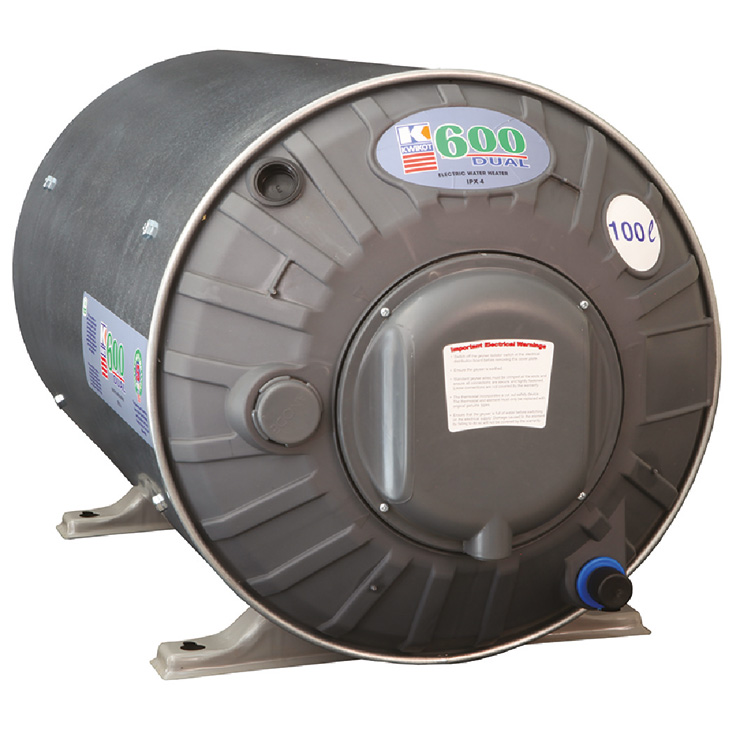Source: MoveMag @ News24 by Faeza
Every year, the insurance industry spends millions of rands on water damage caused by malfunctioning hot water geysers. In winter, when geysers suffer more wear and tear, claims for geyser-related damage increase.
Budget Insurance is urging homeowners to give their geysers a little TLC this winter so that they can endure the bitter temperatures.
“A defective geyser is a serious concern. Besides destroying fixtures and fittings in the property, it can also cause serious injury or even death. Geysers that burst are dangerous and to prevent devastating consequences, it is worthwhile having your geyser checked out by a professional before the cold weather really sets in,” says Budget Insurance’s spokesperson, Graham Craggs.
Expansion and contraction of the geyser tank and its components occur during normal usage as hot water leaves the geyser and is replaced with cold water. However, in winter the cold water temperature can drop considerably. The temperature difference between the cold water entering the geyser and the hot water leaving the geyser is therefore much greater than it is during the summer months. This increases the rate of expansion and contraction, which can lead to metal fatigue.
“So, while cold weather won’t cause your geyser to burst, your geyser is more vulnerable to bursting during cold weather if it is old or if the valves or thermostat are faulty,” says Craggs.
Typically, geysers have a lifespan of five years and over this time they corrode. Craggs says that homeowners can lengthen the lifespan of their geysers by maintaining them properly.
Experts recommend that geysers are serviced by a qualified plumber every three years. A geyser service would entail draining the geyser and checking its components including the anode, element and thermostat. Lime scale and sludge should be removed from the tank and element, and the whole system should be checked for leaks.
At the same time, it is advisable to fit a drip-tray, if there isn’t one already in place beneath the geyser. The outlet pipe on a drip-tray carries away most of the water should the geyser burst, making it a helpful measure for limiting water damage to walls, carpets and other home contents.
The plumber should also check that the thermostat temperature on the geyser isn’t set too high. 600C is the recommended temperature. Geysers are known to burst when the thermostat is incorrectly set or badly regulated as it will incorrectly control the heat levels of the water in the geyser and possibly cause an explosion due to the amount of steam that accumulates.
“Your geyser’s thermostat controls the temperature of the water in the tank, keeping the water at a constant temperature regardless of what the weather is like outside. Your geyser has to work so much harder when the weather is cold and your household’s hot water needs increase. That’s one of the reasons why your household energy bill increases during winter.
“To ease the burden on your geyser, turn down the thermostat to 600C and fit a geyser blanket to help reduce heat loss. This will help reduce your geyser’s power consumption and ultimately, your electricity bill,” recommends Craggs.
It is wise to switch off your geyser from time to time, especially during peak electricity demand periods, but it’s best to not let it get cold, as this additional contraction-expansion cycle could decrease the life span of your geyser, whilst also consuming more electricity to warm the water up again.
“Prevention is better than cure, and one must keep an eye out for the early warning signs of geyser failure. If you notice that water coming from the geyser isn’t as hot as it used to be, that the water pressure isn’t high enough, that too much water or steam is coming from the hot water overflow pipe on your roof, that the geyser is making strange humming, hissing or cracking noises, or you notice wet spots near the geyser, disaster may be around the corner and it must be inspected immediately,” says Craggs.
If your geyser bursts, switch off the electricity mains immediately, turn off the water mains, and call your plumber and insurer.

